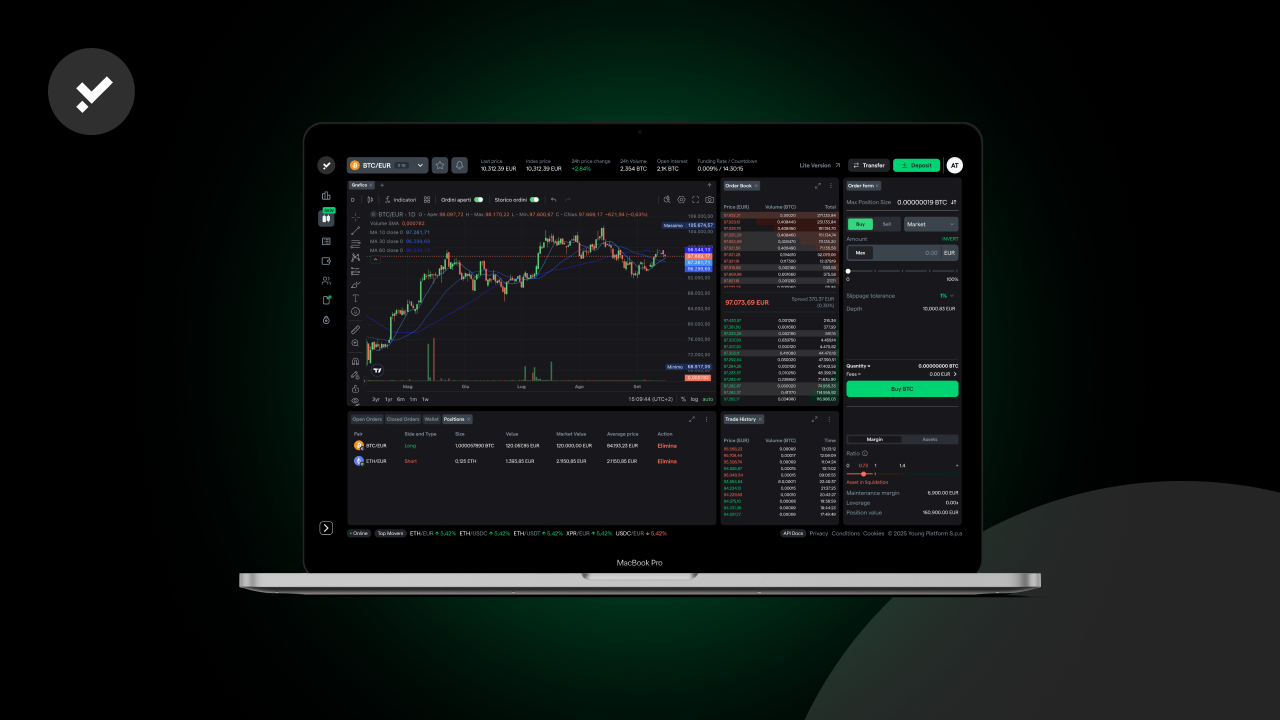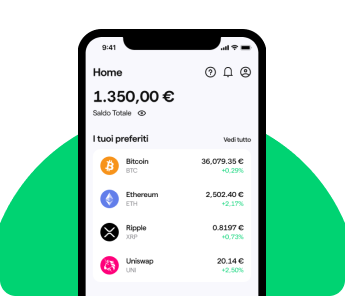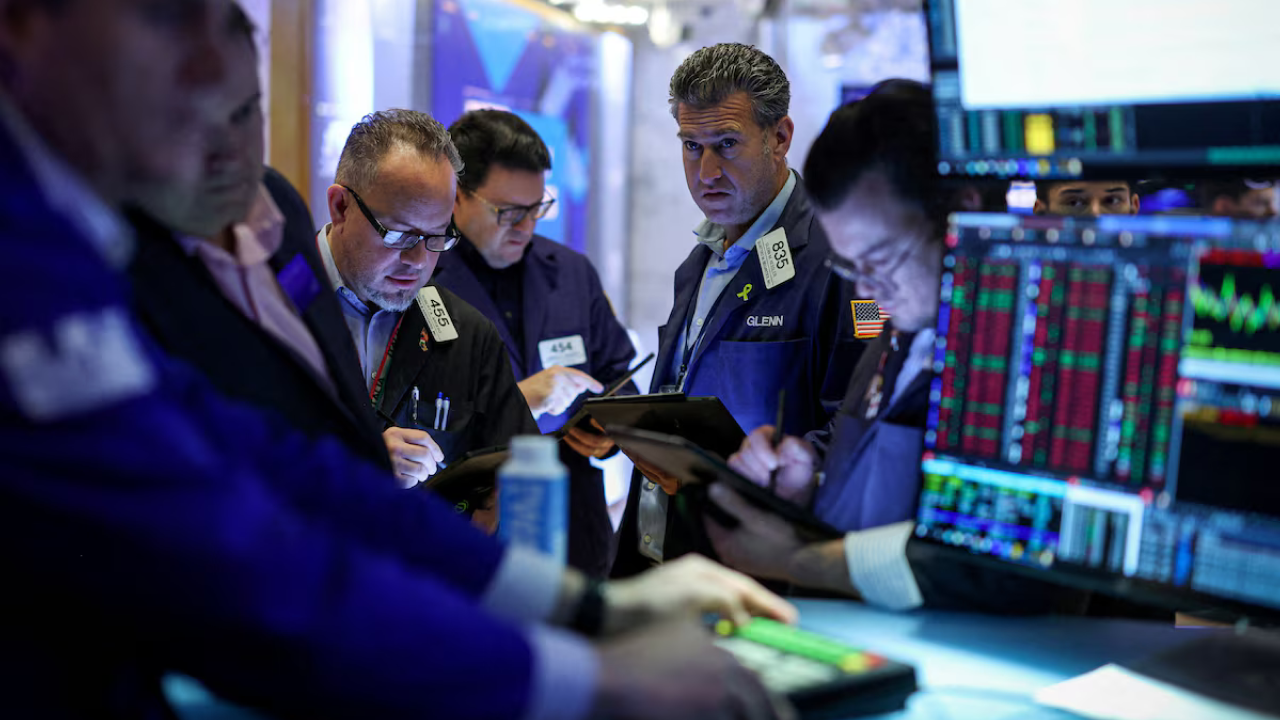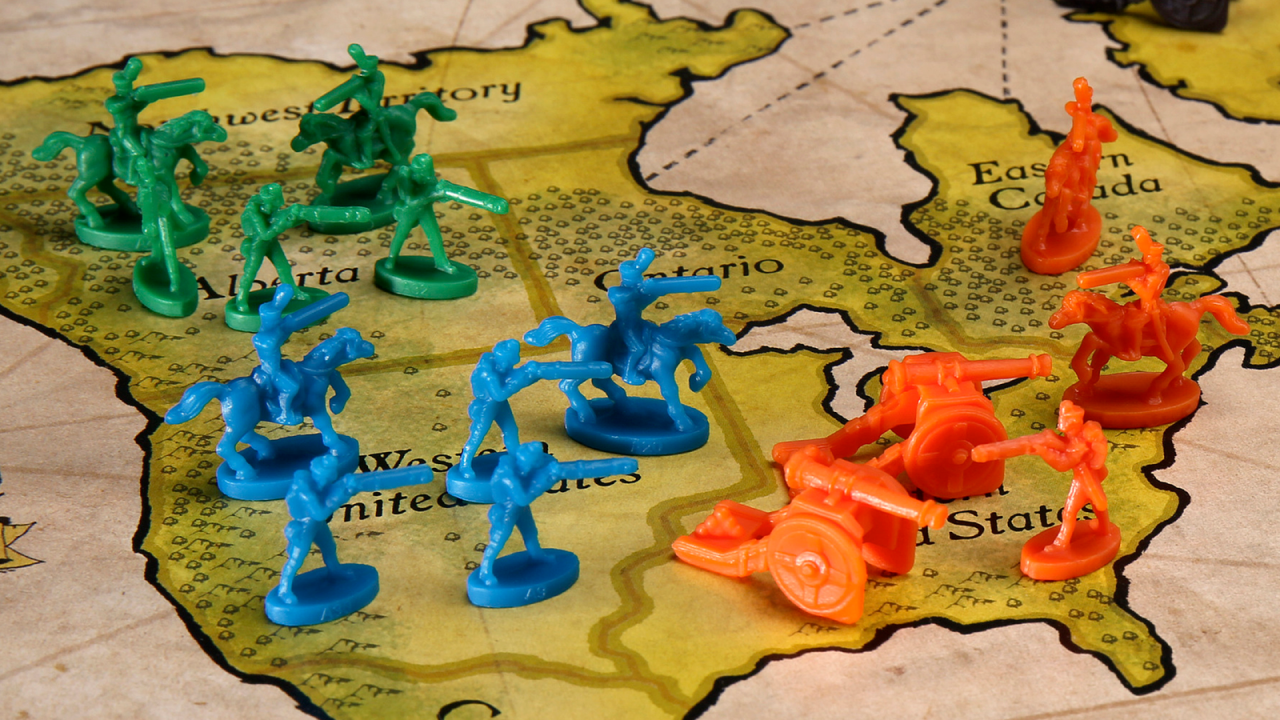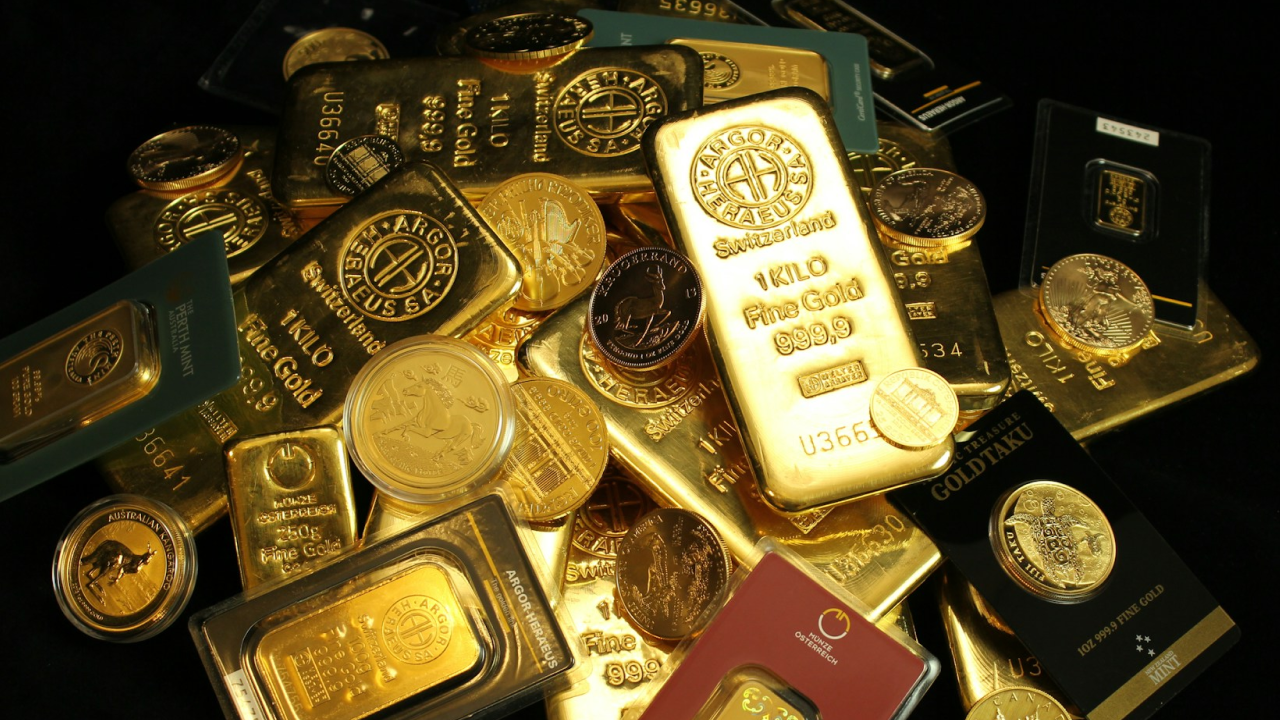Cognitive biases have a greater impact on your investment decisions than you realise. Explore the most prevalent ones in finance and practical strategies for recognising, managing, and overcoming them.
Cognitive biases are mental distortions that affect our thinking and decision-making, often clashing with the fundamentals of traditional economic theory. Because of these systematic biases, we, as investors in the financial world, are far from being the ‘rational actors’ that classical economists envisioned.
For a long time, the significance of cognitive biases has been overlooked. People tended to view individuals as robots, acting solely based on a balance of risk versus return and costs versus benefits. However, reality—and particularly the data, which rarely lies—presents a very different picture.
What exactly are cognitive biases? How does behavioural finance define them? And, most importantly, how frequently do we fall victim to them?
Cognitive bias: The origin of the term
Do you think you’re a good driver? Maybe you believe you’re better than the “average Italian driver.” If so, you’re not alone; most drivers share the same conviction. This phenomenon itself is paradoxical. The reason behind it? The overconfidence bias. But let’s not get ahead of ourselves; we’ll discuss that shortly.
To explore the intriguing world of cognitive bias in finance, we first need to understand what “bias” means. It’s an English term derived from the Greek word “epikársios,” which means “slanted” or “skewed.” Initially related to the game of bowls, it described a slightly off-target shot. You probably never heard your grandfather shout “Bias!” at the bowling alley, and there’s a reason for that: since the 1500s, the term has taken on a broader meaning. Today, we often refer to it as a “predisposition to bias” or, more specifically, in our context, a “systematic distortion of judgment.” In short, it refers to the tendency to see things a bit… askew.
What are Cognitive Biases?
The term “cognitive bias” has its origins in etymology, which we have briefly touched upon. It is essential to note that this concept has a strong foundation in psychology, mainly due to the pioneering research of two prominent figures: Daniel Kahneman and Amos Tversky. These Nobel laureates began exploring this complex topic in the 1970s.
So, what does “cognitive bias” actually mean? One could consider it synonymous with mental automatism or shortcuts, though these terms often carry a negative connotation. Our brains, to conserve energy, tend to take shortcuts instead of processing information straightforwardly. Unfortunately, these shortcuts can sometimes lead us astray. Cognitive biases can influence the beliefs we hold, the decisions we make, and even our habits. In summary, cognitive biases are serious matters; they can significantly alter our thinking processes, especially if we fail to recognise and address them. The key to managing these biases is to acknowledge their existence and thoroughly understand them.
Heuristics, sometimes dangerous mental deterrents
We are discussing cognitive biases related to finance, but money and investments often lack concrete evidence, don’t they? Don’t worry; we’re getting there. First, we need to clarify one last fundamental concept: heuristics, a term you will frequently hear in connection with bias.
In simple terms, heuristics are mental shortcuts that help us make quick decisions. The word originates from the Greek “heurískein, “meaning “to discover” or “to find.” These quick mental processes allow us to reach conclusions swiftly, enabling us to make decisions on the fly. Isn’t that fascinating? When an idea suddenly “pops into your head” without the need for extensive thought or complicated reasoning, that’s heuristics at work!
This phenomenon, often referred to as ‘magic’, occurs in our brains through a process known as attribute substitution. This process usually happens without our awareness. Our brain replaces complex concepts with simpler ones, allowing us to reach quick conclusions with minimal cognitive effort.
This intriguing mechanism can lead to cognitive biases. However, it is essential to recognise that not all heuristics are detrimental; some are known as ‘effective heuristics’. These are shortcuts that can be beneficial and make our lives easier. The real issue arises when we rely too heavily on ‘lazy’ or flawed heuristics, which can lead to problems, especially in finance.
Cognitive bias in the world of finance: When shortcuts become traps
Have you ever made a trade and felt like the Warren Buffett of your region, almost invincible? Or, conversely, have you recorded a loss and, instead of taking a moment to reflect, decided to increase your investment to try to “recover quickly”? If you’ve nodded in agreement at least once, welcome to the club—you’ve had your encounter with cognitive bias.
Don’t feel alone or wrong; this is entirely normal. Research shows that irrational thinking patterns are pervasive and significantly influence the decisions of many individuals when faced with uncertainty, such as in financial markets. Kahneman, in his book “Thinking, Fast and Slow,” explains that these “systematic errors” are an integral part of our thought processes.
It is essential to closely examine the most prevalent biases that impact the investment world. The goal is to recognise these biases so we can work to mitigate their impact. While eliminating them may be nearly impossible, we can aim to manage and reduce their influence.
Confirmation Bias
Confirmation bias refers to the tendency to seek out, interpret, favour, and remember information that supports our pre-existing beliefs or values, essentially acting as a form of selective blindness.
For example, suppose you invest in shares of ‘Company X’ or a trending cryptocurrency. In that case, you may actively search for positive news about that asset on forums or social media, while ignoring or downplaying any negative information. You might think, “Oh, that famous analyst says it will go up? That’s fantastic! The other analyst believes it’s a bubble. He doesn’t know what he’s talking about!”
A study conducted by Park in 2010 and published in the Journal of Cognitive Neuroscience utilised functional magnetic resonance imaging (fMRI) to demonstrate that when confirmation bias is at work, areas of the brain associated with reward become activated. In simple terms, our brains release dopamine when we encounter information that aligns with our beliefs, even if those beliefs are incorrect.
Overconfidence bias
It is a very human tendency to overestimate one’s abilities, knowledge, and the accuracy of one’s predictions. Consider entrepreneurs who underestimate the challenges of starting a business or employees who are convinced they can meet unreasonably tight deadlines. While optimism can be a powerful motivator, it becomes problematic when confidence turns into arrogance. This overconfidence can lead to hasty decisions, disregard for genuine risks, and ultimately disappointing outcomes.
Research by Barber and Odean (2001), titled “Boys Will Be Boys: Gender, Overconfidence, and Common Stock Investment,” highlights that this cognitive bias occurs more frequently among male investors. Males tend to overestimate their capabilities, which often results in more frequent trading and lower net returns compared to their female counterparts.
Anchorage bias
Anchoring refers to our tendency to rely too heavily on the first piece of information we receive about a topic, even if that information is not particularly relevant or accurate. This initial piece of information acts as a mental ‘anchor’ that affects all subsequent judgments. For instance, when we are tasked with making a numerical estimate, we are often influenced by a number we have encountered before, regardless of its relevance to the current situation.
A study by Hersh Shefrin in 2000, which is detailed in his book ‘Beyond Greed and Fear’—a classic in the field of behavioural finance—demonstrates how investors tend to ‘anchor’ themselves to historical price levels. This could be the price at which they purchased a stock or its historical high. These ‘anchors’ can significantly influence their expectations and future decision-making.
Bias of the Present
You may fall victim to this cognitive bias, which can lead to adverse outcomes, when you overvalue immediate benefits at the expense of future gains, even though the latter could be significantly greater. This reflects the mindset of “everything and now.”
A 2008 study on retirement savings by Laibson, Repetto, and Tobacman demonstrates how this bias can contribute to chronic procrastination in long-term savings decisions. The common thought of “I’ll start my savings plan next month” often shifts to “next year,” and, eventually, “when the kids are grown up.”
This bias is effectively illustrated by economic models such as the “beta-delta” model, which simply shows that people do not discount time uniformly. We tend to give much more weight to rewards we can obtain immediately than to those that will come in the future, even when the wait is minimal. It’s as if our “future self” is a stranger to whom we are reluctant to show kindness.
Representativeness Bias
Tversky and Kahneman extensively addressed this heuristic in their seminal 1974 article, “Judgment under Uncertainty: Heuristics and Biases.” This heuristic is based on our tendency to evaluate the likelihood of an event or its association with a category by comparing it to a well-established prototype or stereotype in our minds. Unfortunately, this often leads us to ignore what is known as ‘base probability’—the actual frequency of that event in reality.
A classic example in finance is when investors choose to invest in a company merely because it belongs to a ‘hot’ sector, such as artificial intelligence today or renewable energy yesterday. They might also invest simply because the company’s name resembles that of a successful enterprise or because its founder has a likeness to Steve Jobs. In these cases, people focus on superficial similarities while neglecting essential fundamental analysis.
Consider roulette: if red appears five times in a row, many people would choose to bet on black, thinking it must come up next. This belief stems from the idea that the sequence R-R-R-R does not fit our perception of randomness. However, it’s important to remember that the roulette ball has no memory, and the probability remains the same with each spin.
Framing Effect
Even when not influenced by bias, we must acknowledge the framing effect. This psychological phenomenon illustrates how our decisions can change significantly based on how information is presented, or “framed.” Although the underlying facts may be the same, our perception—and ultimately our choice—can vary significantly depending on the way they are framed.
As Kahneman and Tversky have taught us, how a choice is formulated in terms of potential gains or losses can make a considerable difference. For instance, stating that a medical treatment has a “90% chance of success” feels much more reassuring than saying it has a “10% chance of failure,” even though both statements convey the same information.
Similarly, when we say that an active investment fund generated a 4% return while the reference market yielded only 2%, it can be framed as a success. However, if the annual management fees are 3.5% and inflation is 3%, the actual return is negative.
.
How to unhinge cognitive bias
Now that we’ve become familiar with this cheerful little collection of mental traps, you might be asking yourself, “Am I destined to make poor financial decisions for the rest of my life?” The answer is a resounding NO! Understanding the problem is the first essential step toward overcoming it. Here are some practical tips—no magic formulas, just genuinely helpful advice:
- Give yourself clear rules and follow them:
- Set clear financial goals: what do you want from your investments? A quiet retirement? Buying a house? Having defined goals and a defined time horizon helps you keep a straight tiller when the seas get rough;
- Create a written investment plan: do not navigate by sight. Decide on your risk profile first, how to diversify your portfolio, and set clear rules for buying, selling and rebalancing. Write it down in black and white! And, above all, stick to the plan, even when instinct (or a damn bias!) screams at you to do the exact opposite.
- Automate as much as possible: accumulation plans are a blessing. Regular, automatic deposits and purchases save you the agony of deciding ‘when is the right time to enter’ (spoiler: nobody knows for sure) and protect you from impulsive decisions dictated by the emotionality of the moment.
- Scepticism, in finance, is a virtue:
- Actively seek divergent opinions: Are you overwhelmingly convinced you want to invest in a specific crypto, e.g. SOL? Perfect. Now go and look up all the reasons why it might be a bad idea. Read analyses from those who think differently and compare your thoughts.
- Draw up a ‘pre-mortem’: before making a significant financial decision, imagine for a moment that it went wrong, a complete disaster. What could have been the causes? This mental exercise can help you identify risks and flaws in your reasoning that you might otherwise overlook.
- Keep an investment diary:
- Write down why you made a specific investment decision, what you expected at the time, and how you felt (euphoric? worried?). Rereading the diary after a while is a powerful way to recognise your ‘favourite’ behavioural patterns and biases, the ones you fall into most often.
- Think long term:
- The financial and cryptocurrency markets are generally considered risky and volatile in the short term. If you stand there every day checking the charts and getting anxious about every little change, the bias will have an easy time. Take a deep breath, remember your long-term goals and don’t get overwhelmed by the panic or euphoria of the moment. As Warren Buffett says, “The stock market is a mechanism for transferring money from the impatient to the patient.”
Cognitive bias in finance: Frequently asked questions
After all this immersion in the somewhat convoluted world of bias, it is normal to have a few doubts or curiosities. Let’s try to anticipate a few, see if we get it right:
- Is it possible to eliminate cognitive bias?
The honest answer is that cognitive biases likely cannot be eliminated. They are a fundamental part of being human, much like our shadows or our regional accents. Instead of trying to eradicate these biases—an unrealistic goal akin to never feeling hungry—the more realistic approach is to recognise and understand them. By developing strategies to manage and mitigate their effects, we can work toward a better understanding of ourselves. This is an ongoing process, much like constant mental maintenance..
- How important is the psychological factor in finance?
It’s crucial to remember that knowledge alone isn’t enough. You might have read every finance book available, but when it comes time to click ‘buy’ or ‘sell’, letting emotions and biases influence your decisions can jeopardise all your analytical insights. Many experts and successful investors argue that a significant portion of successful investing—possibly as much as 50% or more—depends on managing one’s psychology. Therefore, analysis and psychology must work together in a seamless manner.
- Are there biases that are more ‘dangerous’ than others for beginning investors?
For beginners in the market, certain biases can be particularly dangerous. For instance, overconfidence following initial gains can create a false sense of security, leading to unnecessary risks. Additionally, confirmation bias is often prevalent among individuals with limited trading experience.
- How can I identify the biases I am more susceptible to?
The most effective approach to self-improvement is through honest and consistent self-observation. One helpful technique is to maintain a diary of your investment decisions. In this diary, record not only what you buy or sell but also the reasons behind your choices and how you felt at the time (were you euphoric, worried, or feeling pressured?). Over time, when you reread your entries, you may notice recurring patterns in your behaviour. For example, did you make impulsive decisions during a market crash? Did you hold onto a stock ‘out of principle’ even as its value continued to decline?
- Are financial professionals (traders, fund managers) immune?
Not! Cognitive biases are universal; they affect everyone because they are rooted in the way the human brain processes information and makes decisions. It is often overconfidence that can mislead those who consider themselves exceptionally knowledgeable. The key difference is that a good professional should be trained to recognise these biases and develop strategies to mitigate their impact. However, nobody is perfect—not even those who work on Wall Street!
We have reached the end of our journey to explore cognitive biases in the realm of finance. If you have made it this far, you have already taken a significant and crucial step: you have become aware that these “mental biases,” or “deceptive shortcuts,” truly exist. They impact you, just as they affect every single person on this planet.
Biases are not just a product of psychologists trying to sell more books; they are fundamental mechanisms that are deeply ingrained in our way of thinking, stemming from our evolutionary history. These biases serve as shortcuts that our brains, which prefer efficiency over effort, use to navigate an incredibly complex world filled with vast amounts of information. Sometimes, these shortcuts help us reach our goals quickly and safely. However, other times—especially when it comes to our hard-earned savings and the unpredictable nature of financial markets—these biases can lead us to make significant mistakes.
The good news is that we are not bound to be mere puppets of our biases! Awareness is our most powerful tool. By understanding how these mechanisms work, recognising the warning signs in our behaviour and thoughts, and adopting effective strategies to ‘defuse’ them or at least reduce their impact, we can make a significant difference in our lives.
The next time you hear that little voice inside urging you to make an impulsive financial decision, —making you think, “What the heck, I’m going to jump!”—pause for a moment. Take a deep breath and ask yourself, “Am I being influenced by some cognitive bias that might lead me astray?”

Sign up to Young Platform!





